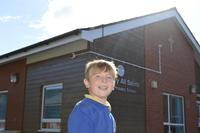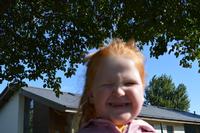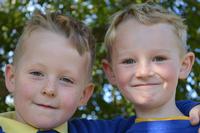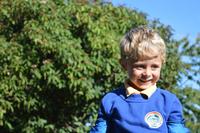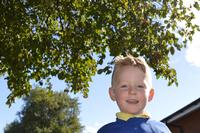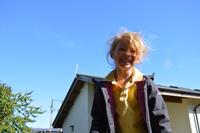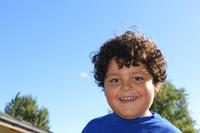Class 2 (Y1 & Y2)
Class 2 Curriculum letter
Welcome back to our penultimate term. Its hard to believe that your children are over halfway through the academic year. They have all been a delight to teach and we have loved watching them grow academically and socially.
Please find below an overview of learning this term. If you have any questions regarding this or any other aspect of school life, please do not hesitate to contact any of the class 2 team.
English
This term in English we will continue to use talk for Writing looking at a losing tale. We will use Monkey See Monkey Do as our text for this unit.
Maths
In Maths, we will look at addition and subtraction, time, position and direction.
|
Year 1 |
Year 2 |
|
Tell the time to half past the hour and draw the hands on a clock face to show these times.
Describe position, direction and movement, including whole, half, quarter and three-quarter turns.
Read and write numbers from 1 to 20 in numerals and words. Given a number, identify one more one less. Count, read and write numbers read and write numbers from 1 to 20 in numerals and words. Given a number, identify one more and one less. Identify and represent numbers using objects and pictorial representations, including the number line, and use the language of: equal to, more than, less than (fewer), most, least
Read, write and interpret mathematical statements involving addition (+) and equals (=) sign Add one-digit and two-digit numbers to 20, including zero. Solve one-step problems that involve addition, using concrete objects and pictorial representations, and missing number problems.
|
Tell and write the time to five minutes and draw the hands on a clock face to show these times. Use mathematical vocabulary to describe position, direction and movement, including movement in a straight line and distinguishing between rotation as a turn and in terms of right angles for quarter, half and three-quarter turns (clockwise and anticlockwise).
Interpret and construct simple pictograms, block diagrams and simple tables. Ask and answer simple questions by counting the number of objects in each category and sorting the categories by quantity. Ask and answer questions about totalling and comparing categorical data. Solve problems with addition using concrete objects and pictorial representations, including those involving numbers, quantities and measures. Applying their increasing knowledge of mental and written methods Add numbers using concrete objects, pictorial representations, and mentally of: Two two-digit numbers Solve problems with subtraction: Using concrete objects and pictorial representations, including those involving numbers, quantities and measures Applying their increasing knowledge of mental and written methods Subtract numbers using concrete objects, pictorial representations, and mentally of: Two two-digit numbers |
Religious Education
In RE, we will be discussing places of worship. We will compare and contrast places of worship across Christianity, Islam, Buddhism, Hinduism and Judaism.
Science
In science this term, we will continue to look at animals and their habitats. The children will identify that most living things live in habitats to which they are suited and describe how different habitats provide for the basic needs of different kinds of animals and plants, and how they depend on each other. They will identify and name a variety of plants and animals in their habitats, including micro-habitats and describe how animals obtain their food from plants and other animals, using the idea of a simple food chain, and identify and name different sources of food.
P.E
PE will be on Tuesday (dance ) and Friday (parachute games). Please ensure children have the correct P.E uniform, all earrings are removed and hair is tied back on P.E days.
Geography
Geography this term will be looking at Australia. The children will learn about the states and territories. The animals that live there, how Christmas is celebrated, climate and weather, physical features and how to use a compass to find directions.
Foundation
We will also cover subjects to help develop creativity and emotions- PSHE will be looking at relationships, music-getting ready for a performance. In computing we will be looking at programming using the beebots and art will be collage and textiles where the children will learn about the work of James Bartholomew.
- HOME
- KEY INFORMATION
- NURSERY
- CLASSES
- PARENTS
- PUPILS
- NEWS
- CALENDAR
- CONTACT

